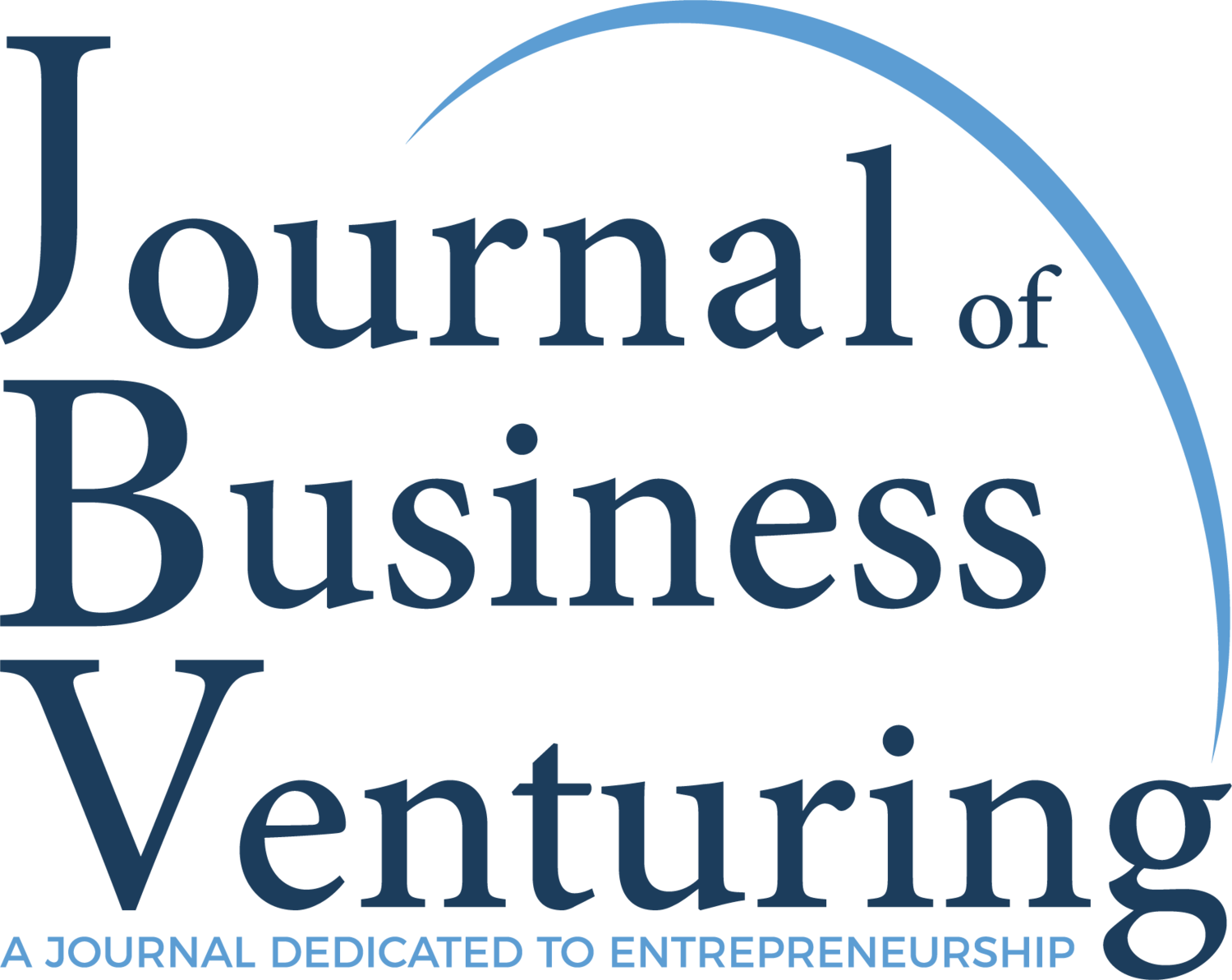Family firm parents, kinship ties, and the survival of spawns
Research Paper Title:
“Is blood always thicker than water? Family firm parents, kinship ties, and the survival of spawns”
Authors:
Giuseppe Criaco (Erasmus University Rotterdam)
Hans van Oosterhout (Erasmus University Rotterdam)
Mattias Nordqvist (Stockholm School of Economics)
Background:
Prior research has shown that new ventures founded by former employees of established firms, commonly referred to as spawns, benefit from access to the technological knowledge of their parents. Yet, not all spawns are born equally as parent firms differ in the resources that their former employees can draw upon when founding a new venture. This study investigates the role of a very common yet uninvestigated type of parent firm: family firms. The authors argue that family firms provide a fertile soil in which both nonfamily and family employees can nurture stronger and better relationships with external stakeholders that they can leverage after starting their own ventures to increase their survival. The findings show that nonfamily member spawns survive longer than spawns from nonfamily firms, and that this effect is contingent on the spatial and social proximity between the spawn and its parent. Importantly, they also show that kinship ties between the founder and the family owning the parent do not provide additional survival benefits, suggesting that “blood is not always thicker than water” when it comes to spawning.
Methodology:
Sample: A unique dataset matching firm level data to micro (individual) level data from Sweden. The researchers used Register baser ad Arbetsmarknadsstatistik (RAMS), a firm-level database, to identify all new firms established in Sweden by former employees of established firms (i.e., “spawns”) in the 8 years from 2000 until 2007. They then matched the firm level data obtained from RAMS to micro level data from the LISA database. The employee-level LISA database provides annual data on all employees in Sweden, including data on their employment. Matching data from RAMS with data from LISA allows for identifying and pairing spawns with their parent firms. Finally, the multi-generation register was used, which provides information on couples (e.g., individuals married or living together and/or have children together) as well as biologically linked family members (parents and children).
Sample Size: 114,837 spawns founded in Sweden between 2000 and 2007 and followed until 2008
Analytical Approach: Survival analysis
Hypothesis:
Nonfamily member spawns survive longer than spawns from nonfamily firm parents
Family member spawns survive longer than nonfamily member spawns
Spatial proximity between the parent and the spawn will positively moderate the survival-enhancing effect of being a nonfamily member spawn compared to a spawn from a nonfamily firm parent, such that the effect becomes larger when spatial proximity is higher and smaller with the increase of spatial distance between them
Spatial proximity between the parent and the spawn will positively moderate the survival-enhancing effect of being a family member spawn compared to a nonfamily member spawn, such that the effect becomes larger when spatial proximity is higher and smaller with the increase of spatial distance between them
Cognitive proximity between the parent and the spawn will positively moderate the survival-enhancing effect of being a nonfamily member spawn compared to a spawn from a nonfamily firm parent, such that the effect becomes larger when cognitive proximity is higher and smaller with the increase of cognitive distance between them
Cognitive proximity between the parent and the spawn will positively moderate the survival-enhancing effect of being a family member spawn compared to a nonfamily member spawn, such that the effect becomes larger when cognitive proximity is higher and smaller with the increase of cognitive distance between them
Social proximity between the parent and the spawn will positively moderate the survival-enhancing effect of being a nonfamily member spawn compared to a spawn from a nonfamily firm parent, such that effect becomes larger when social proximity is higher and smaller with the increase of social distance between them
Social proximity between the parent firm and the spawn will negatively moderate the survival-enhancing effect of being a family member spawn compared to a nonfamily member spawn, such that the effect becomes smaller when social proximity is higher, and larger with the increase of social distance between them
Results:
This research finds that nonfamily member spawns from family firm parents survive longer than spawns from nonfamily firm parents, and that this survival enhancing effect is conditional on the spatial and social proximity between these spawns and their parents
Family member spawns do not enjoy additional survival benefits over nonfamily member spawns, and that only spatial proximity increases the survival benefits of kinship ties between the founder of the spawn and the family owning the parent
Increasing spatial and cognitive distance between family member spawns and their parents even decreases the survival time of family member spawns compared to nonfamily member spawns.
Conclusion:
Our study suggests that family firms provide a fertile soil in which employees can nurture stronger and better relationships with external stakeholders that they can leverage after leaving the family firm to start their own ventures. Our finding that family firms contribute positively to the entrepreneurial success of their former nonfamily member employees challenges a gloomy view that family firms stifle new market entry, competition, and economic development, by privileging parties inside the realm of family ownership and control at the expense of entrepreneurial activities outside of it. Finally, given that family member spawns do not benefit further from having kinship ties with the family firm parent, while they even do worse than nonfamily member spawns when spatial and cognitive distance are higher, it seems that blood is not always thicker than water when it comes to spawning.


